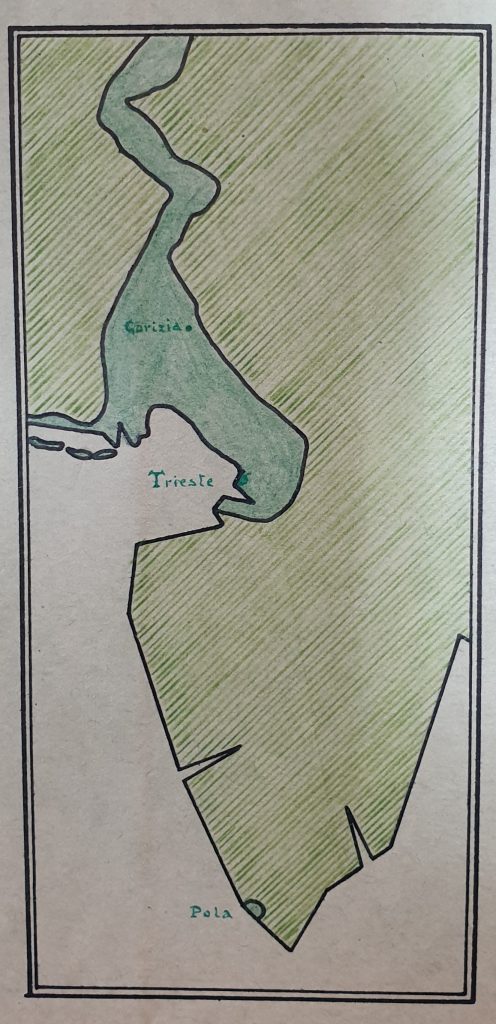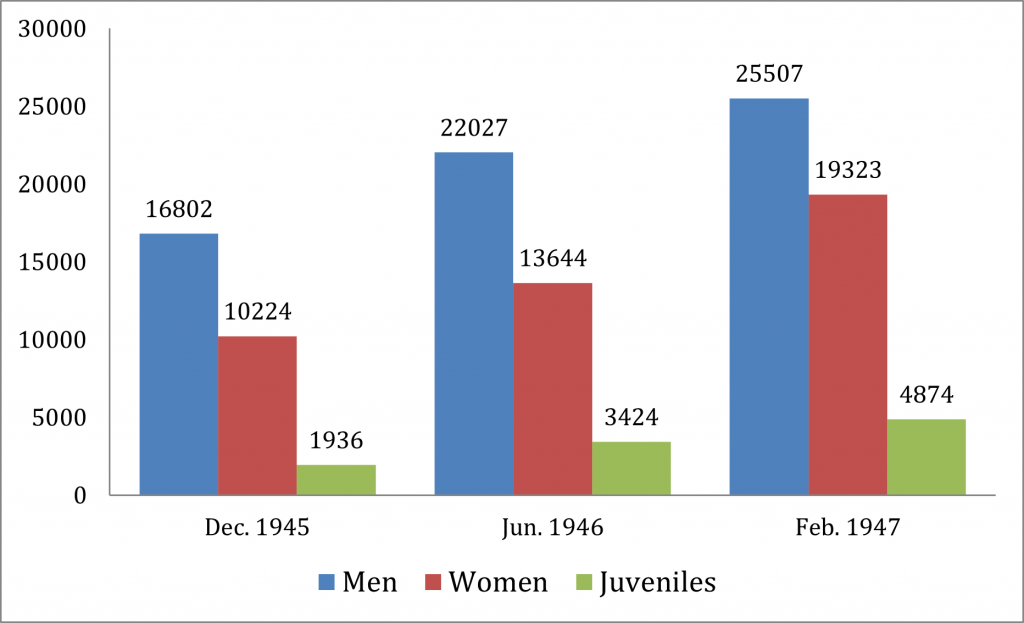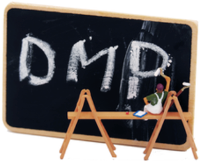At the Slovenian Social Science Data Archives, we interviewed historian Erica Mezzoli, who is researching the role of women among seafarers. We have recently published two of her studies in ADP, and in this interview we shed more light on her work with data.
What were the main motivations for researching the role of women among seafarers (briefly about the topic you researched)?
Albeit the maritime world is traditionally considered a solely male domain, starting from the second half of the Nineteenth century, several women as shipowners, maritime staff and fisher[wo]men rode the waves of the Upper Adriatic. The primary objective of the MSCA research project ‘WeCanIt’ was to assess quantitatively and qualitatively women’s labour market participation in the maritime industry through the lens of intersectionality (i.e. the interrelation among gender, social class, nationality, etc.). When I designed the ‘WeCanIt’ project, I first intended to deconstruct the assumption that there are “proper” jobs for men and “proper” jobs for women (i.e., the gendered division of labour). Then, I also considered that the workers of the maritime economy – a strategic economic sector for the Upper and Eastern Adriatic since the mid-19th century – and its satellite economic activities belonged to all the national and political groups, classes and generations of the region. Therefore, I belived it highly probable that there were some overlaps of interests among Italians, Slovenes and Croats despite the national and political identity-making pressures that characterised the region’s history in Modern times. So, the ‘WeCanIt’ project also represented an opportunity to go beyond the conventional – and conservative – perspective of research on the Upper Adriatic during the 20th century, which focused – almost exclusively – on the consequences of the balance of power among States, totally disregarding other dynamics.

(Source: ASTs, Ufficio Regionale del lavoro e della massima occupazione in Trieste, 127)
You got the data from the archives, how the work was carried out, due to the epidemic there was a possibility that the archives would be closed.
The ‘WeCanIt’ project can be considered a ‘pandemic research project’: it took place from 1 April 2020 to 31 March 2022, i.e., the most critical phase of the Covid-19 public health emergency. In that context, the most demanding aspects were access to conservation institutions and mobility issues. Regarding the two data-studies I published with the ADP, some data were kept in the archival documentation at the National Archives and Records Administration (NARA) in College Park in the United States. Luckily, some statistical documentation of the AMG-‘Venezia Giulia’ is kept in copy at the IRSREC of Trieste. This circumstance allowed me to get access to part of the Anglo-American documentation all the same.
As a historian, you decided to make the data you collected accessible to others. What was the main reason?
When I was designing and writing the ‘WeCanIt’ proposal, I decided to adhere to the Open Research Data Pilot of the European Commission. The reasons that motivated my choice were manifold. One reason is that I wanted to get a general overview of the employment situation in the Upper Adriatic, and this was only possible with the creation of datasets. Eventually, I accomplished my purpose by creating the first and the second data-study with the ADP. Moreover, I intended to protect and, at the same time, make available to others an essential part of the data collected during the research. In this regard, the most reasonable thing to do was to publish the data as if it were an article, a book etc. In short, as an ordinary research product.
Researchers who have not yet prepared data for publication often have concerns and fears. How would you describe to them your experience of archiving and publishing data in ADP?
I want to reassure all researchers that there is no risk or reason for any concerns about publishing data (e.g., numerical data, audio and video files, images, etc.) in a trustworthy repository such as the ADP. During the Data Management Plan (DMP) preparation, the ADP data experts will advise you on the more appropriate measures to protect intellectual property and the privacy of individuals involved in the research. Finally, remember that data publication is a precious tool to protect and safeguard your work.
What are the main findings of your research?
Despite all the difficulties due to the pandemic, I managed to achieve all the project objectives and carry out all the research, communication and dissemination activities I had foreseen. Secondly, the ‘WeCanIt’ project strongly contributes to developing further an innovative research topic, i.e., gender and maritime histories. Also, it represented an important occasion to implement gender balance in maritime studies, highlighting the inclusion-exclusion paradox of women as seafarers. About the research ‘findings’ more specifically, I can say that the intuitions that motivated me to write the project and to carry out the research have been confirmed (see question no. 1). However, I have to admit that, as far as the two data studies published with the ADP are concerned, I have not yet fully exploited their innovative potential. It seems that (a part of) the best has yet to come!

Who would you recommend to use the published data? How else can it be used or where do you see opportunities for re-use of the data?
I encourage other historians, econometricians, but also policymakers, trade unionists, social justice activists and everyone interested in analysing the trends of a post-WWII (1945-1955) labour market to use the first and the second data-study. Also, the data-studies’ data could represent a useful educative tool for seminar works, lectures and practical exercises with university students.
You are writing a blog as part of your research, have you had any responses? What are other ways to disseminate academic knowledge to people outside of scientific circles?
In the framework of the ‘WeCanIt’ project, I created the blog ‘Notices to Mariners’ and the public history website wecanit.eu. The website offers four narrative paths on women’s participation in the maritime labour market, labour dynamics and daily life, which are characterised by a robust cross-national nature. All the website contents are available in four languages (English, Slovene, Italian, and Croatian), representing a key result of the ‘WeCanIt’ Project. It is important to emphasise that wecanit.eu is the outcome of a great collective effort: 16 people and a project partner Ribiški muzej tržaškega primorja–Museo della pesca del Litorale Triestino have been involved in various capacities. For example, and concerning the authors of the contents, eight scholars affiliated to seven different institutions located in four different European countries joined the wecanit.eu public Herstory adventure (the whole website staff here). In this regard, wecanit.eu also results from an experiment in international scientific communication, dissemination and cooperation during the pandemic. The website wecait.eu has been well received by the general public and the international scholarly world. As for the former, the Casa Internazionale delle Donne of Trieste organised a public presentation of the website last March. Regarding the latter, the labour public history website Workplaces: Past and Present accepted my offer to start a collaboration.

